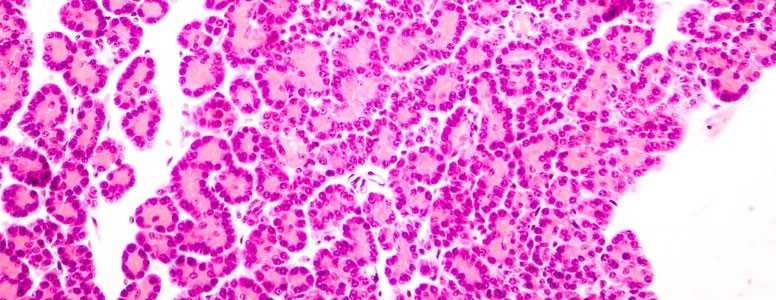Pregnant women who eat a high-calorie diet during pregnancy could program their offspring to have a greater type 2 diabetes risk, but switching the offspring to a low-calorie diet after weaning could reverse this, according to a new study.
Scientists from the University of Illinois report that mothers who change their child’s diet after weaning could change their metabolism, helping to reduce some of the damage caused by early-life high-calorie exposure.
Co-lead author Professor Yuan-Xiang Pan said that while this “reprogramming” is possible from post-weaning, it is not known whether this can be achieved in adolescence or later life.
The study team investigated early-life nutrition on rats that were exposed to a high-calorie diet during gestation and lactation. The rats then either remained on a high-calorie diet or were put on a low-calorie diet.
Scans revealed less fat accumulation and inflammation in the livers of rats from the low-calorie group, as well as lower body weight, all of which can be metabolic markers for an increased risk of type 2 diabetes.
“We did a whole genome scan, so we weren’t just looking in one particular area. So I think it’s even more impressive that it was these specific pathways – the type 2 diabetes mellitus pathways – that were metabolically related that were the most changed,” explained co-lead author Professor Laura Moody.
Prof Pan added: “Our study shows that after that early programming state, after weaning, and after the lactation period, when we introduced a new type of diet it changed the epigenome in a way that actually affects metabolism and potentially will reduce some of the damage caused by an early-life [high-calorie] exposure.”
Pan and Moody now plan to identify potential mechanisms to explain this early reprogramming, and how changing dietary patterns can remodel the epigenome related to certain metabolic pathways.
The study has been published in the journal Epigenomics.
What's new on the forum? ⭐️
Get our free newsletters
Stay up to date with the latest news, research and breakthroughs.





